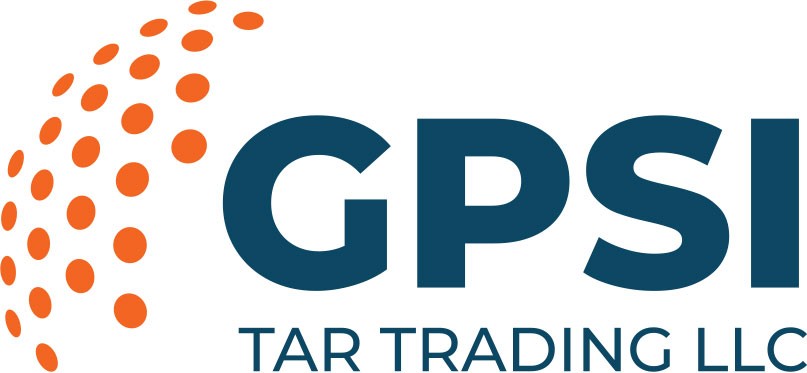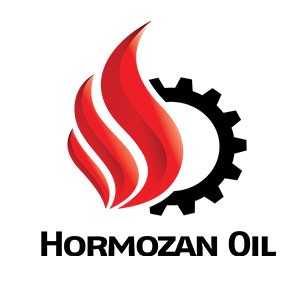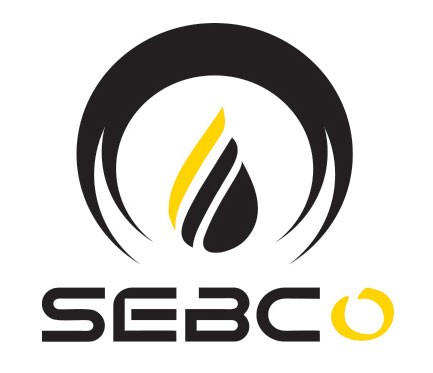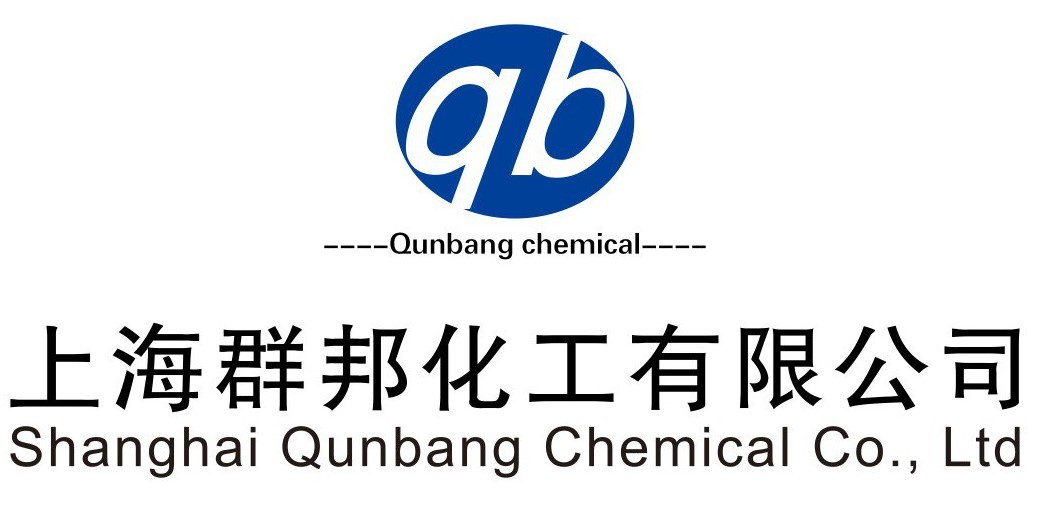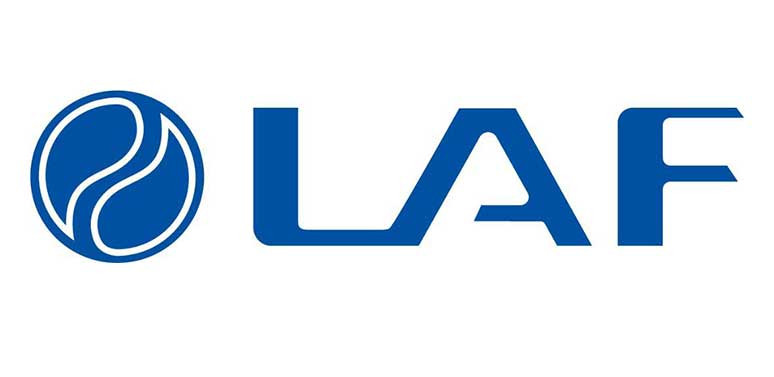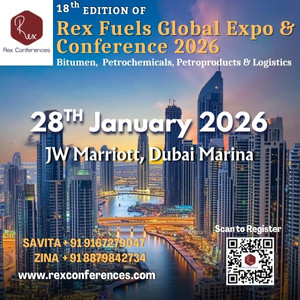WPB reports that Moscow has been sending the majority of its fuel oil and vacuum gasoil (VGO) to Asian and Middle Eastern destinations, as Western nation restrictions continue to limit access to Europe and other conventional markets.
Ever since the European Union and a series of Western allies banned Russian oil products at the start of 2023, Russia has been redirecting its energy export channels with a strong emphasis on South and West Asian markets. Its major customers among them include Saudi Arabia and India, which are the largest buyers of Russian fuel oil.
Saudi Arabia relies on this item to fuel its power stations, particularly when demand for electricity is high because of the hot desert weather. By using imported low-priced fuel oil in domestic power generation, the Kingdom retains more of its own crude in domestic storage for export overseas, thus improving its export opportunities. Industry figures indicate that Russian exports to Saudi Arabia amounted to about 1.1 million metric tons during the recent period, down from a modest fall against the last month.
India has actually inducted quite significantly more volumes. Russian-bound VGO and fuel oil cargoes arriving at Indian ports increased to nearly 600,000 tons, a sharp 65 percent rise from the previous month. Indian refineries often employ these fuels as cheap substitutes for conventional crude feedstock. Experts opine that the boom may be linked with market forces in this instance, the narrowing price gap between Russian Urals crude and Brent.
Throughout most of July, the historic discount that made Russian Urals affordable for Indian refiners fell considerably. Signals were that the Urals shipped to India in August adjusted for dated Brent prices had fallen to about $1.70–$2.00 per barrel—a spread not seen since conflict in Ukraine began in 2022. This shift reduced the economic incentive for direct purchase of Urals, and fuel oil and VGO imports became a preferable option.
With these realignments, Russia continues to dictate energy export earnings by aiming at strategic ties with the region's biggest importers in Asia and the Middle East, consolidating a remapped world energy scene shaped by sanctions and shifting trade patterns.
By WPB
Oil, Crude, Market


